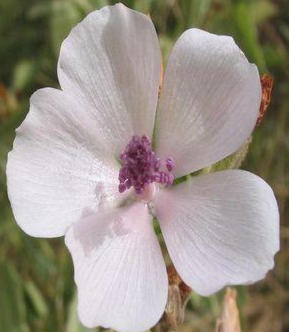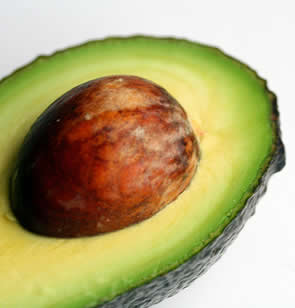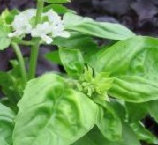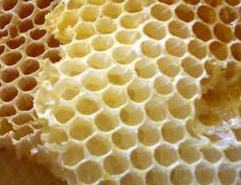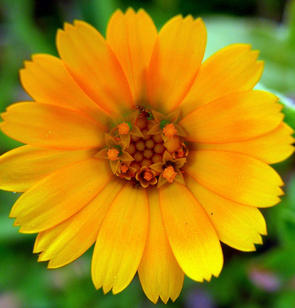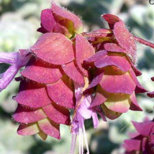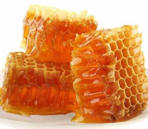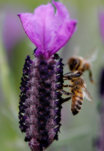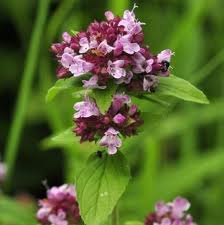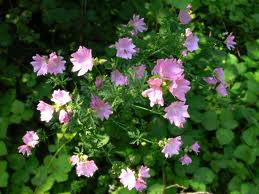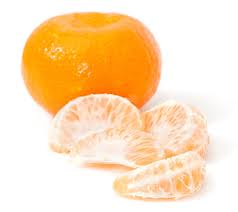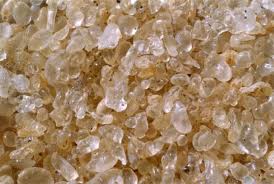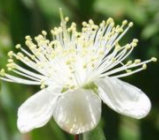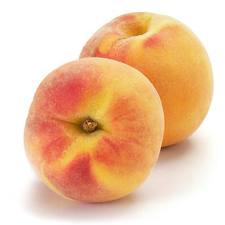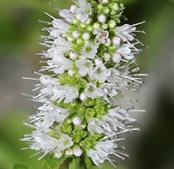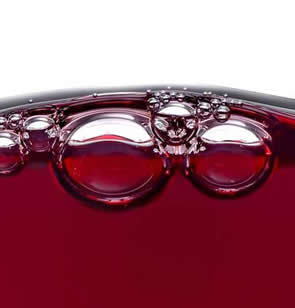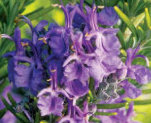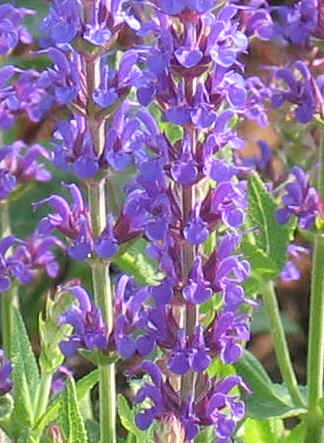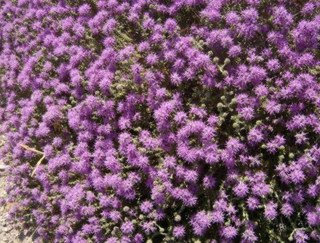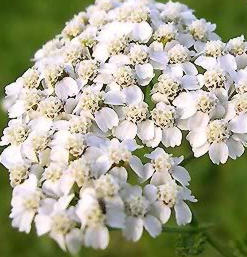
Chamomile (Matricaria Chamomilla)
Chamomile is an annual plant, found near populated areas all over Europe. It often grows near roads, around landfills, and in cultivated fields as a weed because the seeds require open soil to survive.
In ancient Greece, physicians would give chamomile to people with fevers and women with female disorders. The fresh plant is strongly and agreeably aromatic, with a distinct scent of apples - a characteristic noted by the Greeks, on account of which they named it 'ground-apple' - chamai (on the ground) and melon (an apple) - the origin of the name Chamomile. |
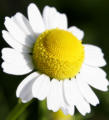 |
Health Benefits & Modern Medicinal uses
In traditional folk medicine, chamomile has been promoted as a treatment for a long list of ailments. Today, it is most commonly promoted as a sedative to induce sleep and to soothe gastrointestinal discomfort caused by spasms and inflammation. Some proponents also claim chamomile calms the mind, eases stress, helps menstrual disorders and migraines, reduce pain from swollen joints and rheumatoid arthritis.
Topical chamomile is promoted to reduce inflammation caused by sunburn, rashes, eczema, hemorrhoids, mouth sores, diaper rash, nipple irritation, and eye problems. It is also touted to help speed wound healing.
Chamomile tea is used as a mild sedative, helps to relieve insomnia, eases the pain of teething for young children, and relieves many stomach pains. Additionally, drinking chamomile tea regularly has been shown to reduce pain associated with arthritis and other painful inflammations. Large doses of chamomile tea can reduce the severity of symptoms associated with colds and flu such as fever, sore throats, and chills.
In skin care there are many benefits when using chamomile. It is one of the most useful essential oils for better skin. Many people have used it effectively to treat acne, eczema, rashes, dermatitis, dry skin and inflamed skin. It has a soothing and calming effect on the skin.
Chamomile is often infused with other natural ingredients in shampoos and conditioners. Hair products containing chamomile leave hair feelings moisturized, not heavy, and very manageable. Dried chamomile is found in potpourri, herb therapy, and aromatherapy. The dried chamomile found in these helps to relax and calm the body and relieves it from stress. Chamomile can be applied to the skin to relieve sunburns, aching muscles, and mild burns. Often, chamomile is found in cosmetics as an anti-allergenic agent.
Another skin benefit of chamomile is that it helps skin's texture and elasticity, as well as reduces signs of photo damage. It may have some antioxidant capacity, and is used in skin care products as an emollient while providing anti-inflammatory benefits. It can also be used to help ease the pain and uncomfortable feelings associated with burns, allergies and other problems.
Links:
National Center of Complementary and Alternative Medicine
American Cancer Society

